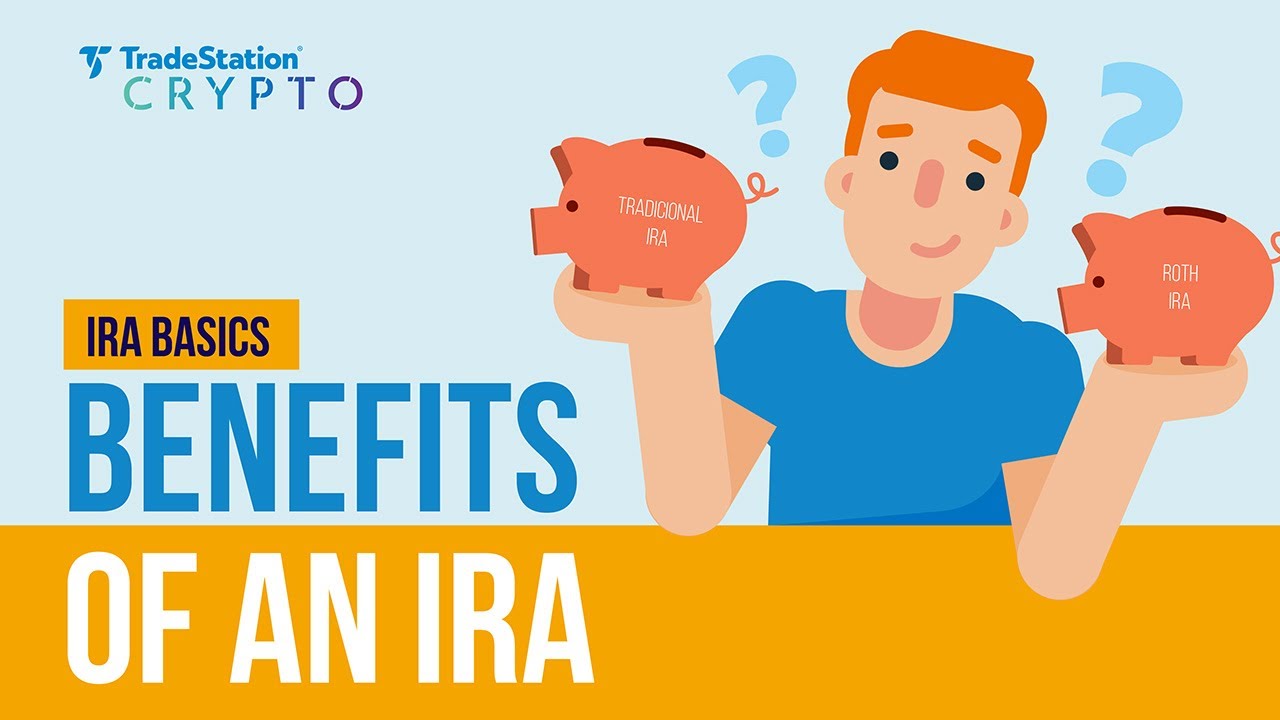Benefits of Traditional IRA
In this article, we will discuss the benefits of a Traditional Individual Retirement Account (IRA) and how it can help you secure a financially stable future. A Traditional IRA is a retirement savings account that offers tax advantages to individuals who contribute to it. By understanding the advantages of a Traditional IRA, you can make informed decisions about your retirement planning.
Tax Deductible Contributions
One of the key benefits of a Traditional IRA is that your contributions may be tax-deductible. This means that the money you contribute to your Traditional IRA can be deducted from your taxable income for the year in which you make the contributions. By reducing your taxable income, you can potentially lower your overall tax liability.
Tax-Deferred Growth
Another advantage of a Traditional IRA is that the earnings on your contributions grow tax-deferred. This means that you don’t have to pay taxes on the growth of your investments until you start making withdrawals during retirement. By allowing your investments to grow without being taxed, you have the potential to accumulate more money over time.
Wide Range of Investment Options
Traditional IRAs offer a wide range of investment options, giving you the flexibility to choose investments that align with your financial goals and risk tolerance. You can invest in stocks, bonds, mutual funds, exchange-traded funds (ETFs), and more. This diversity allows you to create a well-rounded investment portfolio tailored to your specific needs.
Lower Taxes in Retirement
During retirement, your tax bracket may be lower than during your working years. With a Traditional IRA, you can take advantage of this potential tax benefit. When you withdraw funds from your Traditional IRA in retirement, the withdrawals are treated as ordinary income and are subject to income tax. However, if your tax bracket is lower in retirement, you may pay less in taxes on your withdrawals compared to when you were working.
Required Minimum Distributions (RMDs)
Once you reach the age of 72, you are required to start taking minimum distributions from your Traditional IRA. These withdrawals are known as Required Minimum Distributions (RMDs). RMDs help ensure that you use your retirement savings for its intended purpose. However, it’s important to note that RMDs are taxable as ordinary income. By planning and considering the impact of RMDs, you can better manage your retirement income.
Conversion Options
If you have a Traditional IRA, you also have the option to convert it to a Roth IRA. A Roth IRA offers different tax advantages, such as tax-free withdrawals in retirement. By converting to a Roth IRA, you can potentially reduce your tax liability in retirement and have more flexibility in managing your withdrawals.

A Traditional IRA offers numerous benefits that can help you build a strong foundation for your retirement. From tax-deductible contributions and tax-deferred growth to a wide range of investment options and potential tax advantages in retirement, a Traditional IRA can play a crucial role in your long-term financial planning. Consider consulting with a financial advisor to determine if a Traditional IRA is the right choice for you.
Frequently Asked Questions – Benefits of Traditional IRA
1. What is a Traditional IRA?
A Traditional IRA is an individual retirement account that allows you to contribute pre-tax income, and the contributions grow tax-deferred until you withdraw them during retirement.
2. What are the benefits of having a Traditional IRA?
The benefits of having a Traditional IRA include:
Contributions are tax-deductible, reducing your current taxable income.
Earnings on investments within the IRA are tax-deferred, allowing them to potentially grow faster.
You have flexibility in choosing investments within the IRA.
You can contribute to a Traditional IRA even if you have a retirement plan at work.
You can defer taxes until retirement when you may be in a lower tax bracket.
3. Can anyone open a Traditional IRA?
Yes, anyone with earned income can open and contribute to a Traditional IRA, regardless of age.
4. What is the maximum contribution limit for a Traditional IRA?
The maximum contribution limit for a Traditional IRA is $6,000 (or $7,000 if you are age 50 or older) in 2021.
5. Are there any income limits for contributing to a Traditional IRA?
No, there are no income limits for contributing to a Traditional IRA. However, there are income limits for deducting contributions if you or your spouse have a retirement plan at work.
6. Can I withdraw money from my Traditional IRA before retirement?
Yes, you can withdraw money from your Traditional IRA before retirement, but it may be subject to taxes and penalties.
7. When can I start withdrawing money from my Traditional IRA?
You can start withdrawing money from your Traditional IRA penalty-free at age 59½. However, withdrawals are generally subject to income tax.
8. Can I convert my Traditional IRA to a Roth IRA?
Yes, you can convert your Traditional IRA to a Roth IRA, but it will be subject to income tax in the year of conversion.
9. Are there any required minimum distributions (RMDs) for Traditional IRAs?
Yes, you are required to take RMDs from your Traditional IRA starting at age 72, except for 2020 due to COVID-19 relief measures.
10. Can I contribute to both a Traditional IRA and a Roth IRA?
Yes, you can contribute to both a Traditional IRA and a Roth IRA, but the total combined contributions cannot exceed the annual limits.




